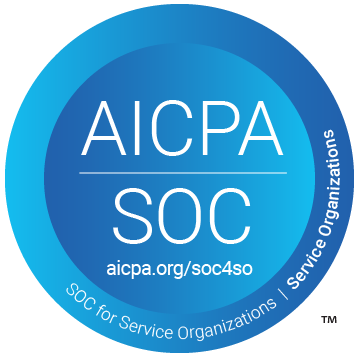[Updated, 10/29/25] The arrival of the U.S. Bureau and Industry’s (BIS) 50% ownership rule stands to be a game-changer for export-control enforcement and compliance screening.
The rule mandates that subsidiaries that are owned 50% or more by entities on the BIS Entity List or Military End-User list will be subjected to the same trade restrictions as those parents.
Throughout this year, the Kharon Brief had chronicled the potential for such a policy from a number of angles, from the news developments to case studies to the impacts on subsidiaries in China and around the world.
Want to get fully up to speed on the new 50% rule? Explore our best related coverage below.
Without one, Axelrod explained, it was “easy” for “an Entity-Listed company to set up a different subsidiary, and that’s not caught by the Entity List.” With such a rule, the responsibilities of compliance screening now grow:
That all can make the tricky math of risk assessment trickier. Prepare with the examples in the three pieces below:
More from the Kharon Brief:
The rule mandates that subsidiaries that are owned 50% or more by entities on the BIS Entity List or Military End-User list will be subjected to the same trade restrictions as those parents.
Throughout this year, the Kharon Brief had chronicled the potential for such a policy from a number of angles, from the news developments to case studies to the impacts on subsidiaries in China and around the world.
Want to get fully up to speed on the new 50% rule? Explore our best related coverage below.
The news, scale and impacts
Matt Axelrod, the former assistant secretary for export enforcement at BIS, told Kharon in a May webinar that the possibility of a 50% ownership rule had “been a debate internally for a while.”Without one, Axelrod explained, it was “easy” for “an Entity-Listed company to set up a different subsidiary, and that’s not caught by the Entity List.” With such a rule, the responsibilities of compliance screening now grow:
- US Expands Export Controls with Long-Awaited ‘50% Rule’ — Here’s What To Know
- The New BIS 50% Rule: Answers to 9 Frequently Asked Questions
- Kharon Data: A BIS 50% Rule Would Pull Thousands of Hidden Subsidiaries into Export-Control Crosshairs
Case studies
As BIS outlined in its interim final rule, its 50% ownership threshold will apply in the aggregate, and it will count direct and indirect ownership by one or more U.S.-listed foreign parties. But even minority ownership by listed actors is a red flag, BIS said.That all can make the tricky math of risk assessment trickier. Prepare with the examples in the three pieces below:
- How the New BIS 50% Rule Could Ensnare a Tech Firm’s Subsidiaries, in China and the West
- Weeks After BIS Listed These Chinese Tech Companies, They Spun Up Unrestricted Subsidiaries
- A BIS 50% Rule Case Study: Three High-Tech Subsidiaries of a Restricted Chinese Institute
The latest designations
The Entity List also got longer in September and October, adding more parties that the 50% rule will now sweep up. Both rollouts zeroed in on Chinese suppliers of sensitive, U.S.-origin electronic components.More from the Kharon Brief:








